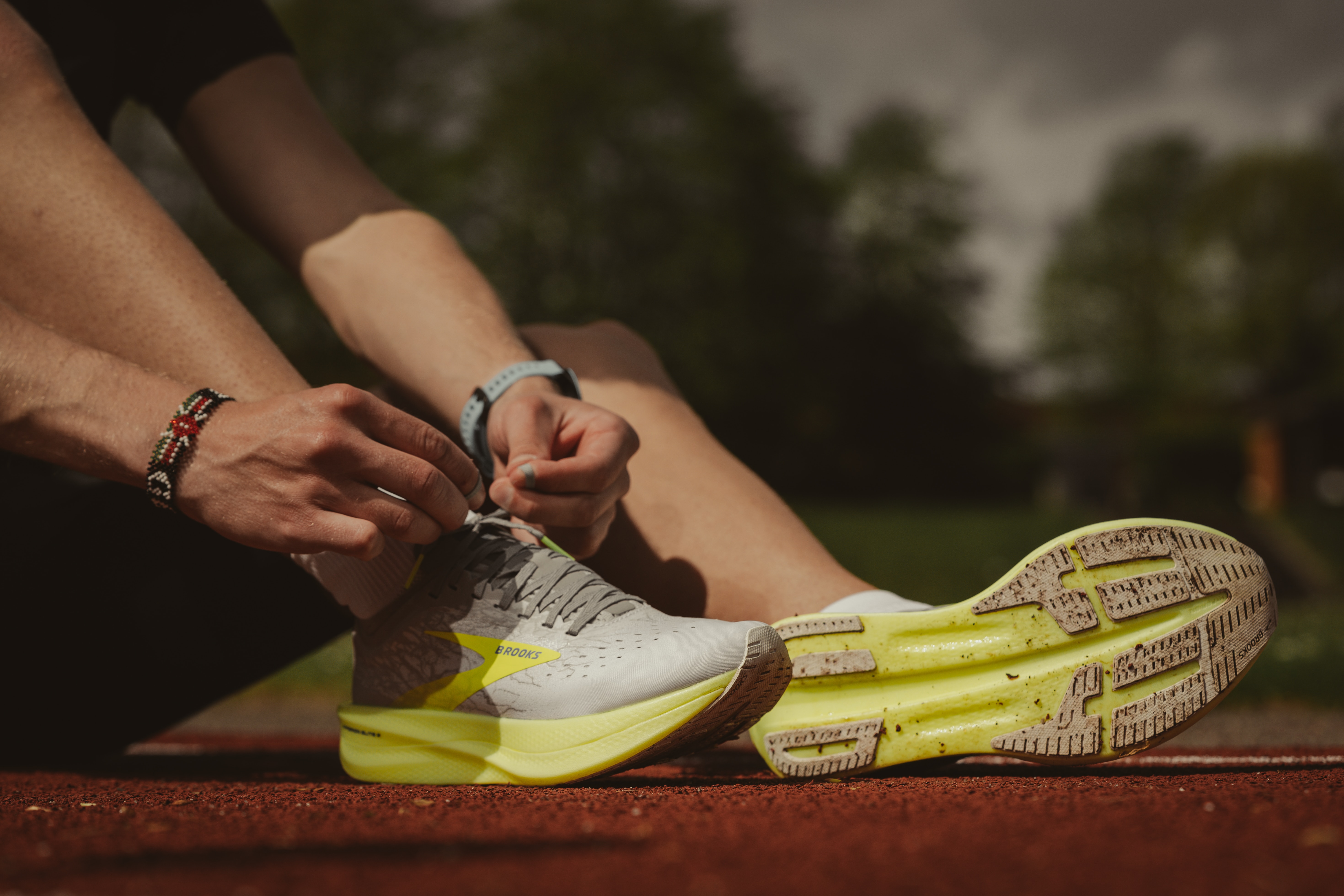Running is a popular form of exercise that offers countless health benefits. However, selecting the perfect pair of running shoes is crucial to maximize performance and prevent injuries. In this comprehensive guide, we will explore the various factors to consider when choosing the right running shoe for you. From assessing your foot type to understanding the importance of cushioning and support, we've got you covered.
Understanding Your Foot Type
Your foot type is a critical aspect when selecting the perfect running shoe. There are three main foot types:
Neutral/Normal arch: This is the most common foot type, characterized by a well-defined arch that supports the foot during running.
Flat feet/Low arch: Flat feet lack a distinct arch, causing the foot to roll inward (overpronate) during running, which can lead to injuries.
High arch: A high arch results in a rigid foot that doesn't absorb shock well, leading to an increased risk of injury.
To determine your foot type, you can perform the "wet test." Wet the sole of your foot, then step on a paper towel or a dark-colored surface. The footprint left behind will help you identify your arch type. Alternatively, consult with a specialist at a running store for a professional assessment.
Shoe Categories
Running shoes are typically divided into three main categories based on the degree of support they provide:
Neutral shoes: Ideal for runners with a neutral or normal arch, these shoes offer a balance of cushioning and support.
Stability shoes: Designed for runners with flat feet or low arches, stability shoes have additional support to control overpronation.
Motion control shoes: These shoes are best suited for severe overpronators or runners with flat feet who require maximum support.
Finding the Right Fit
When trying on running shoes, follow these tips to ensure a comfortable and secure fit:
Shop in the late afternoon or evening, as your feet tend to swell throughout the day.
Wear the socks you plan to run in to ensure a proper fit.
Leave a thumb's width of space between your longest toe and the end of the shoe.
Make sure the shoe fits snugly around the heel to prevent slippage.
The shoe should feel secure but not tight across the midfoot.
Additional Considerations
While foot type and shoe category are the primary factors to consider when choosing a running shoe, other aspects can also influence your decision:
Cushioning: Some runners prefer shoes with more cushioning for added comfort, while others prefer a minimalistic, close-to-the-ground feel. Consider your personal preferences and running style when selecting cushioning levels.
Drop: The drop refers to the difference in height between the heel and the forefoot. A lower drop encourages a more natural, midfoot strike, while a higher drop provides more heel cushioning. Choose a drop that aligns with your running style and preferences.
Terrain: The surface you run on will impact the type of shoe you need. Road shoes are designed for pavement, while trail shoes have more aggressive treads for better grip on uneven terrain.
Durability: High-quality running shoes are an investment, so look for a pair with durable materials and construction that can withstand regular use.
Price: Running shoes are available at various price points. Determine your budget and look for shoes that offer the best combination of performance, comfort, and value within your price range. Remember that investing in a quality pair of running shoes can help prevent injuries and improve your overall running experience.
Trying Before You Buy
Once you've identified your foot type, shoe category, and other preferences, it's time to try on different models. When possible, visit a specialized running store where staff can help guide your selection based on your specific needs. Additionally, some stores offer in-store treadmills or allow you to test shoes on a short run outside. This way, you can get a feel for the shoes before committing to a purchase.
Replacing Your Running Shoes
Even the best running shoes have a limited lifespan. Over time, the cushioning and support will break down, reducing their effectiveness in preventing injuries. As a general rule, you should replace your running shoes every 300 to 500 miles. Keep track of the mileage on your shoes, and monitor their condition regularly for signs of wear and tear.
Selecting the perfect running shoe may seem daunting, but understanding your foot type, shoe category, and other factors can make the process much simpler. By investing in a quality pair of shoes tailored to your needs, you can enhance your running performance and reduce the risk of injuries. Whether you're a seasoned runner or just starting, taking the time to find the right running shoe is an investment in your health, comfort, and success on the pavement or trail.










